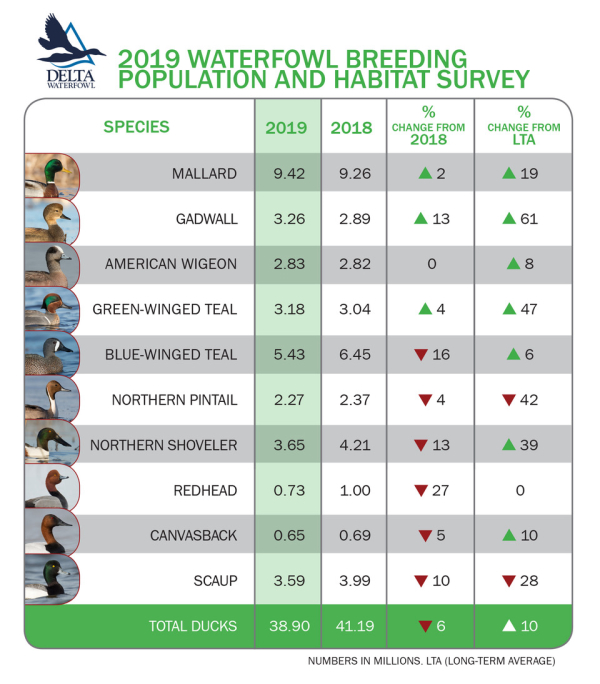NORTH HAVEN, CT – Joining the family of suppressor and optics-ready Patriot Predator bolt-action rifles is the newest cartridge to dominate long-range shooting, the 6.5 PRC (Precision Rifle Cartridge). These purpose-built rifles are housed in a durable Flat Dark Earth (FDE) synthetic stock with matte blue metalwork and TrueTimber® Strata™ camouflaged-synthetic stock with Patriot Brown Cerakote® metal finish and are packed with premium features to deliver tack-driving performance in the 6.5 PRC chambering.
For extended-range performance in the field or at the range, the 6.5 PRC, designed for short-action, bolt-action rifles, offers a balance of velocity and manageable recoil combined with a flat trajectory. Inherently accurate with its exceptional ballistics to beyond 1000 yards, the 6.5 PRC delivers long-range performance in the compact Patriot Predator rifle.
The Patriot Predator features Mossberg’s proven twin-lug, push-feed machined-steel action, fed from a lightweight polymer, flush 4-round box magazine. The standard contour, free-floating 24-inch barrel features a 1:8 twist rate, straight-edge fluting and is threaded (5/8”- 24 threads per inch) for the addition of a suppressor. A protective cap is included. The barrel is constructed of carbon steel and features a matte blue or Patriot Brown Cerakote finish. Every Patriot rifle features Mossberg’s patented LBA™ (Lightning Bolt Action™) user-adjustable trigger with a 2 to 7-pound range of adjustment, to help provide consistent shot-after-shot placement. A top-mounted Picatinny rail provides for ease of mounting and repositioning optics. And completing this performance-driven bolt-action package are oversized bolt handle; spiral-fluted bolt; and sling swivel studs. Read more











